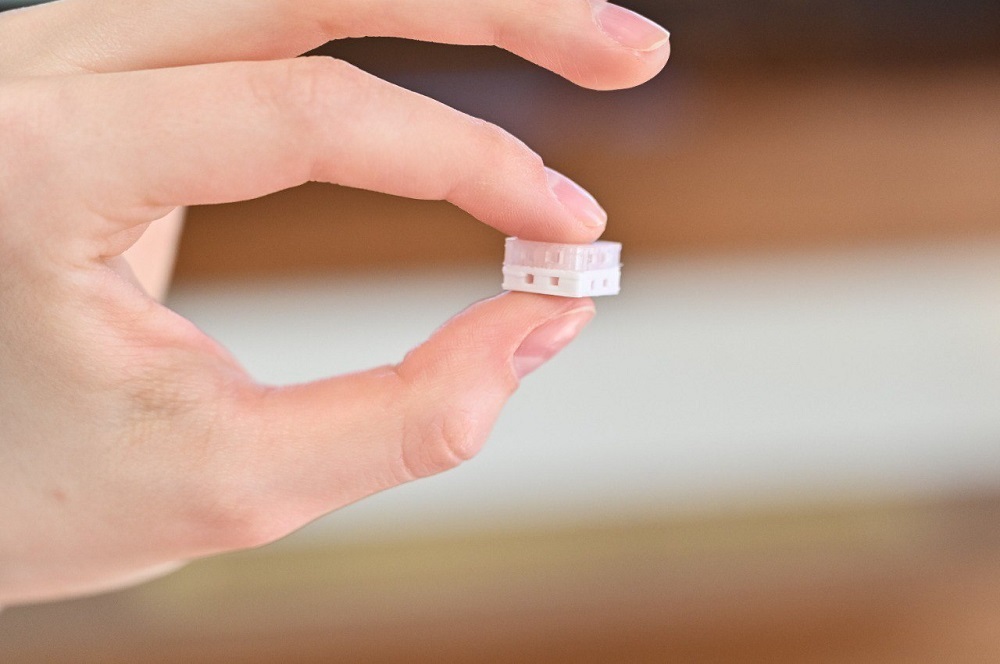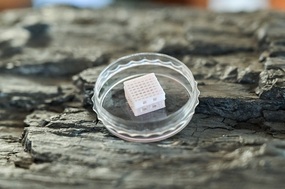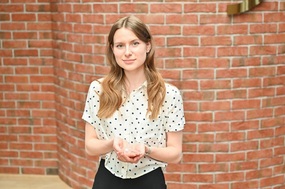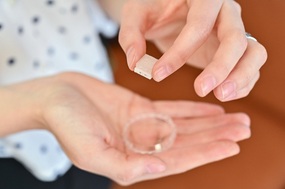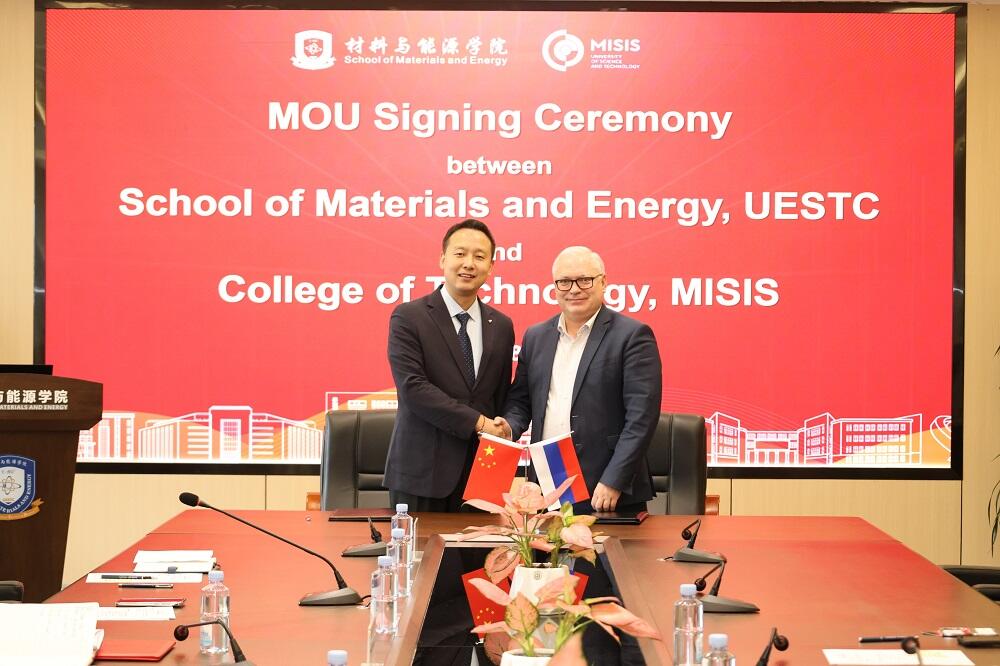Young NUST MISIS scientists have elaborated a prototype of a biocompatible osteocartilaginous implant of the knee joint. The proposed technology will enable to improve survival and streamline the manufacturing of products for the Russian market. The solution is presented as a thesis project of a female graduate of the specialized iPhD Biomaterials Science program.
Knee joint diseases are among the prime causes of disability in the adult population. According to the official statistics data, about 4.5 million Russians suffer from the knee joint osteoarthritis, but the actual number of such patients reaches 15 million people.
If localized damages to the knee are not treated in due time, they may trigger severe consequences, up to complete replacement of the knee joint. However, the cartilage tissue of the joint, which suffers most in osteoarthritis, due to its special structure has a low level of regeneration and leads to graves damages to the entire joint.
Anna Dianova, a master’s student of the iPhD Biomaterials Science program at the MISIS University, developed a prototype of a biocompatible osteocartilaginous implant with bone and cartilage tissue cells for effective treatment of the knee joint as her final qualifying paper. Thermoplastic polyurethane filled with spheroids from chondrocytes (cartilage tissue cells) was used to replace the cartilage tissue, and polylactide with hydroxyapatite filled with spheroids from osteoblasts (bone tissue cells) was used to replace the bone tissue.
The project is remarkable for the joint use of two types of biocompatible materials and tissue spheroids, providing for a better implant survival and an increase in the number of cells leading to tissue growth.
“The materials used to create the implant are not cytotoxic, as they are unable to have a toxic effect on cells, and the best cell adhesion was demonstrated by samples with a filling density of 80%. As a result of morphometric evaluation and study of the spreading kinetics, spheroids with a concentration of 10,000 cells per spheroid were selected,” Anna Dianova noted in her study paper. The work with tissue spheroids was carried out under the guidance of specialists from the partnering company — 3D Bioprinting Solutions.
The work was presented in the “project as a thesis” format and included all stages of a full-fledged R&D project. Moving forward, the project is expected to be brought to a business product. Specialists of the Priorov National Medical Research Center for Traumatology and Orthopedics of the Ministry of Health of the Russian Federation have already taken in interest in the project. The next stages of the project will be the preparation of a patent and pre-clinical trials.
